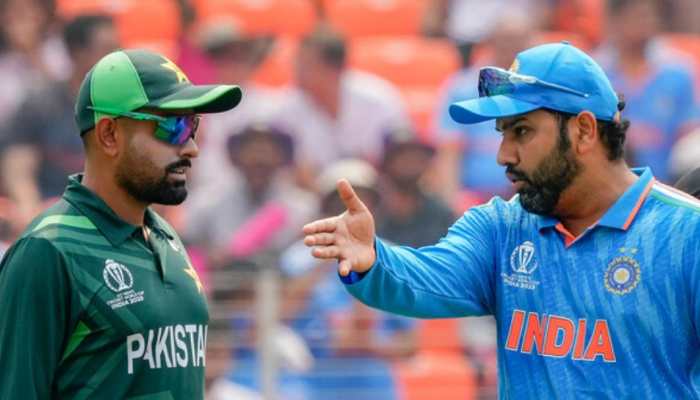How bumblebees find best path to flowers without GPS
Bumblebees were tracked for the first time to see how they select the optimal route to collect nectar from multiple flowers and return to their nest.
Trending Photos
)
Washington: Bumblebees were tracked for the first time to see how they select the optimal route to collect nectar from multiple flowers and return to their nest.
Scientists from Queen Mary, University of London, working with the Harmonic Radar Group at Rothamsted Research, were able to use radar tracking to show how bumblebees discover flowers, learn their location and use trial and error to find the most efficient route between flowers over large distances.
Professor Lars Chittka and Dr Mathieu Lihoreau from Queen Mary’s School of Biological and Chemical Sciences and colleagues set up five artificial flowers in a 1km diameter field. Each flower was fitted with motion-triggered webcams and had landing platforms with drops of sucrose in the middle.
“Using mathematical models, we dissected bees’ learning process and identified how they may decipher this optimal solution without a map. Initially, their routes were long and complex, revisiting empty flowers several times,” Dr Lihoreau explained.
“But, as they gained experienced, the bees gradually refined their routes through trial and error. Each time a bee tried a new route it increased its probability of re-using the new route if it was shorter than the shortest route it had tried before. Otherwise the new route was abandoned and another was tested.
“After an average of 26 times each bee went foraging, which meant they tried about 20 of the 120 possible routes, they were able to select the most efficient path to visit the flowers, without computing all the possibilities,” he added.
Professor Chittka and colleagues have previously shown that bees were able to learn the shortest route possible to navigate between flowers in the lab but this is the first time they have been able to observe this behaviour in natural conditions and to describe how bees may optimise their routes.
“The speed at which they learn through trial and error is quite extraordinary for bumblebees as this complex behaviour was thought to be one which only larger-brained animals were capable of,” Professor Chittka said.
“Interestingly, we also found that if we removed a flower, bees continued looking at that location – even if it was empty for an extended period of time. It seems bees don’t easily forget a fruitful flower,” she stated.
The scientists used motion-triggered web cams and tiny bumblebee-mounted radar transponders to track the bumblebees. The recordings on the flowers showed that bees exhibited considerable individuality – each one had a favoured arrival and departure direction, different from the other bees.
Head of Computational and Systems Biology at Rothamsted Research, Professor Chris Rawlings, said: “This is an exciting result because it shows that seemingly complex behaviours can be described by relatively simple rules which can be described mathematically.
“This means we can now use mathematics to inform us when bee behaviour might be affected by their environment and to assess, for example, the impact of changes in the landscape,” Rawlings added.
The study has been published in PLOS Biology.
ANI
Stay informed on all the latest news, real-time breaking news updates, and follow all the important headlines in india news and world News on Zee News.
Advertisement
Live Tv
Advertisement







)
)
)
)
)
)
)
)
)
)
